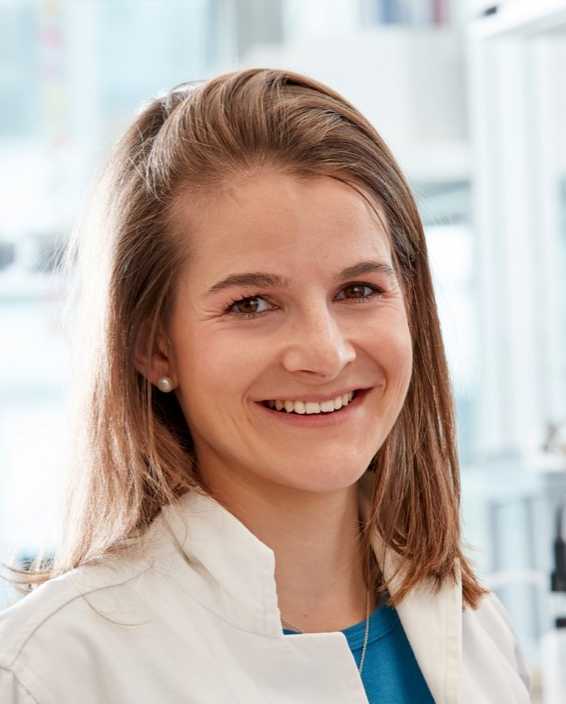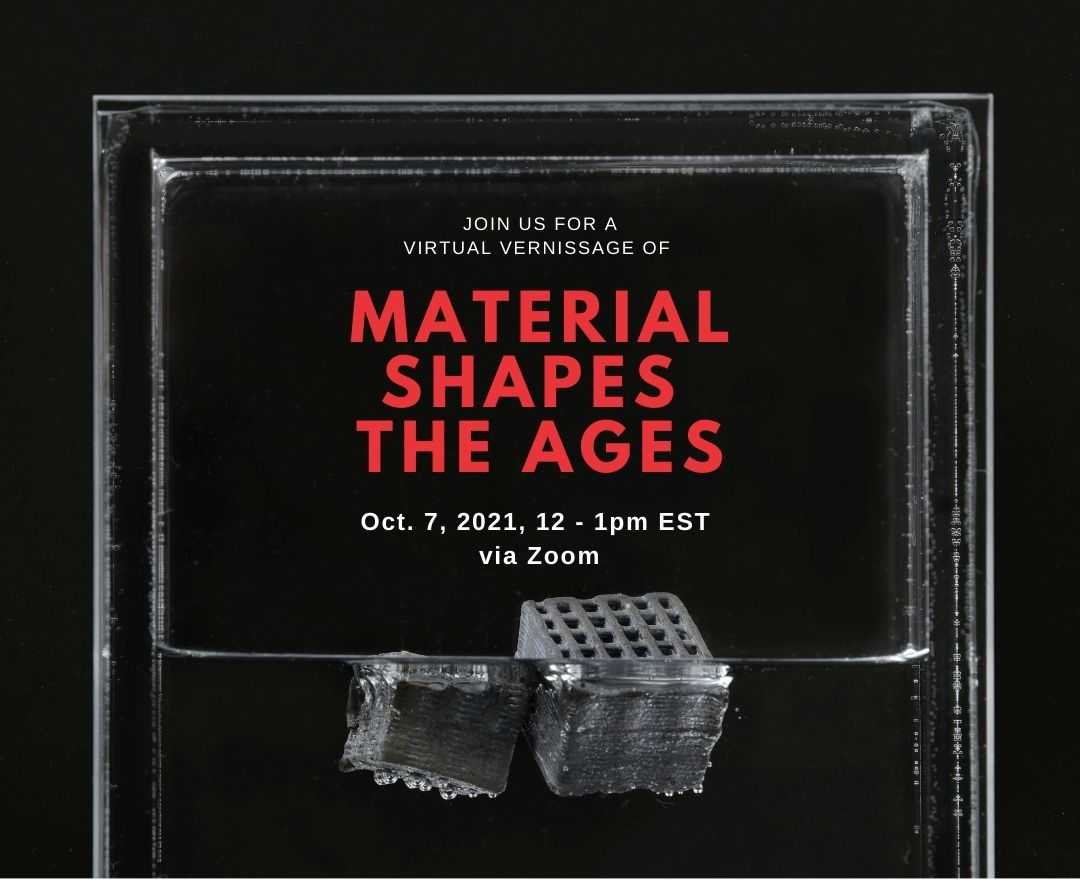ETH Meets Atlanta: Material Shapes the Ages
7 October 2021 - Materials have such a profound impact on humanity that we name entire historical ages after them. Which material will define and leave its name to the next era? Join us for a virtual vernissage at the Atlanta Design Festival to experience the "Material Shapes the Ages" exhibit and learn about promising materials being developed at the Department of Materials at ETH Zurich.
Live webinar recording "Material Shapes the Ages" with Julia Carpenter, Nicole Kleger, and Susan Kish (moderator)


How Material Shapes the Ages
Since ancient times, materials have influenced the scientific, technical and societal development of humankind. In the Stone Age, stone weapons and tools changed the way we hunted and how we fed and clothed ourselves. In the Bronze Age, the production of bronze led to the development of new weapons and advanced civilizations with fortified cities and wide-ranging trade routes. In the Iron Age, the iron plough allowed humans to produce food surpluses that enabled them to apply themselves to new trades. In this sense, new materials are so important to the development of our societies that we name our historical ages after them. A world without steel, plastic or semiconductors is unimaginable nowadays, and new materials continue to have a considerable impact on our quality of life. Without them, there would be no smartphones or tablets, no energy-efficient houses, no lithium-ion batteries, no dental implants and no artificial skin: materials science touches every part of our lives.
Designing a new Material Age
The 21st century presents major technological challenges that we will be able to overcome only by developing sustainable materials. For example, plastics are used to such excess that they have now become a global environmental problem. This presents a challenge for materials science and has led to a worldwide change in thinking, making sustainability a key aspect of research. How can we develop new materials and processes that use fewer resources and are easier to recycle or – even better – are biodegradable? Our technology is only as smart as the materials on which it is based. It’s time for an upgrade.
The vast Land of Properties
Imagine a material so light that a tablespoon of it weighs less than a redwood ant (approx. 3 mg) and yet has the surface area of three basketball courts (more than 1,200 m2). Or imagine a material that repairs itself when torn. Scratch-proof screens, longer-lasting batteries, extremely light bicycles or breathable contact lenses – almost all modern everyday products rely on materials with special properties. Which properties would you change in the materials around you?
Speakers

Julia Carpenter is a PhD Candidate in the Complex Materials Group of the Department of Materials at ETH Zurich. She is working on the manufacturing of ultra-light-weight metal foams. Her research has inspired her to start her own company. Julia Carpenter completed both her BSc and MSc at ETH with some time spent at the Imperial Collage in London and at the Massachusetts Institute of Technology. In 2019, she represented ETH Zurich’s RETHINKING DESIGN exhibition during the world economic forum annual Meeting (WEF) in Davos.

Nicole Kleger is currently working as a PhD Candidate in the Complex Materials Group at the Department of Materials at ETH Zurich. In her research, she is focusing on the preparation and properties of lattice structures generated by 3D printing. Such structures have high potential for medical implants, such as bone defect replacements. Driven by the lack of printable, high-performance materials, she developed a process which combines traditional molding with 3D printing of sacrificial salt templates. The highly promising results and feedback from the medical industry have motivated her to move towards commercialisation of her technique in the framework of a start-up. Nicole Kleger studied materials science at ETH Zürich, where she set a strong focus on biomedical materials.

Susan Kish At the forefront of the global climate change movement, Susan is a catalyst for change and creating a positive environmental impact. Susan is a seasoned business executive, entrepreneur, director and marketer, working at the intersection of sustainability, disruptive technologies and the evolving energy system. A facilitator, moderator and public speaker, Susan connects people and innovative ideas with a focus on driving change at industries in transition. Susan is a member of the board of directors and trustee on several boards, and advises early stage technology companies in the US, Switzerland, Germany, Spain and the UK. Susan is a Connection Science Fellow at MIT, and a Member of the ETH Circle.

